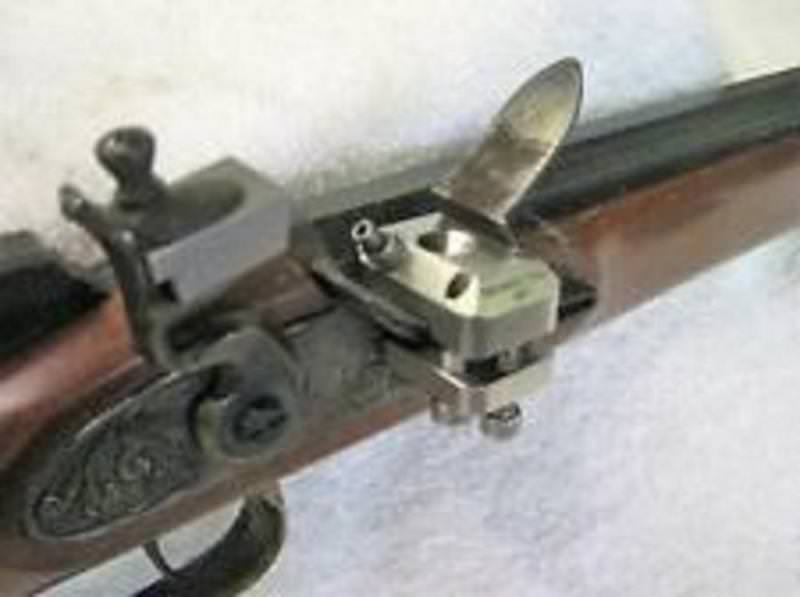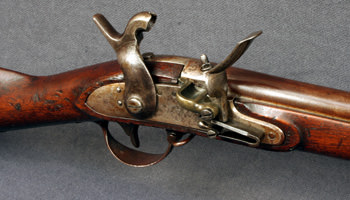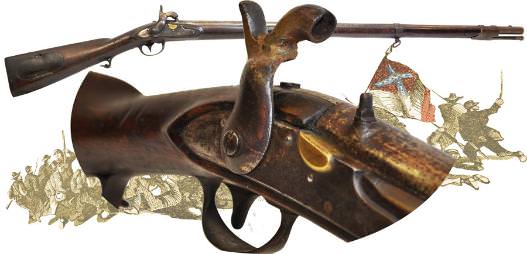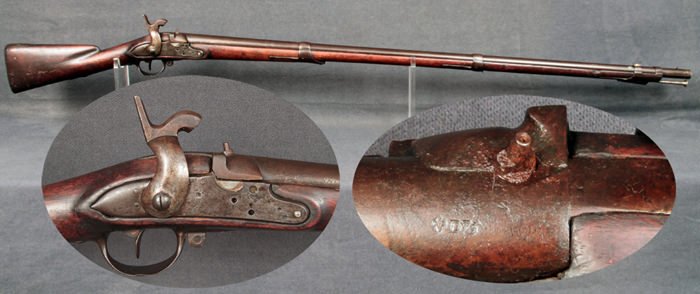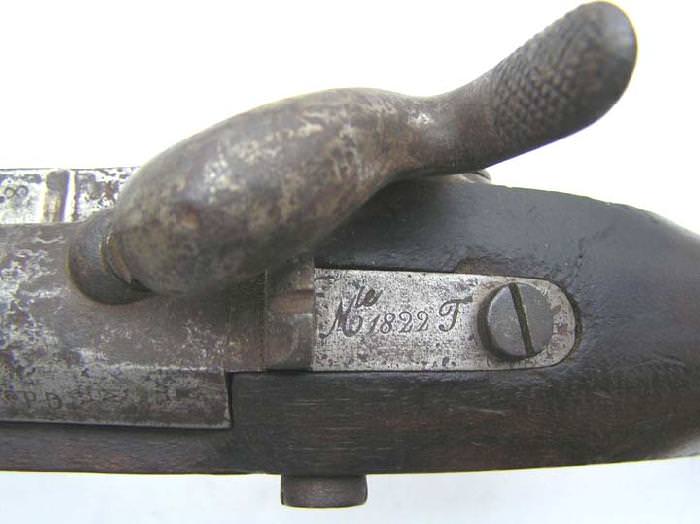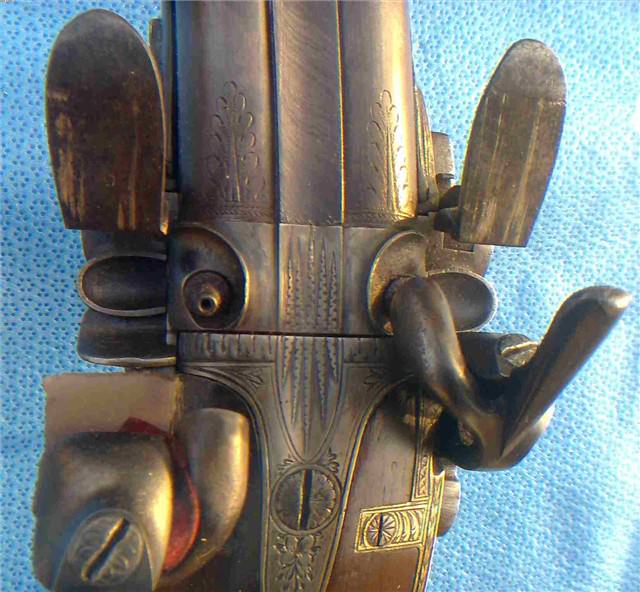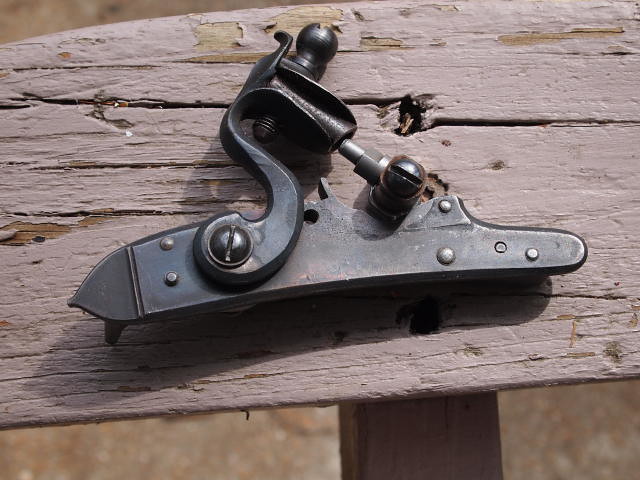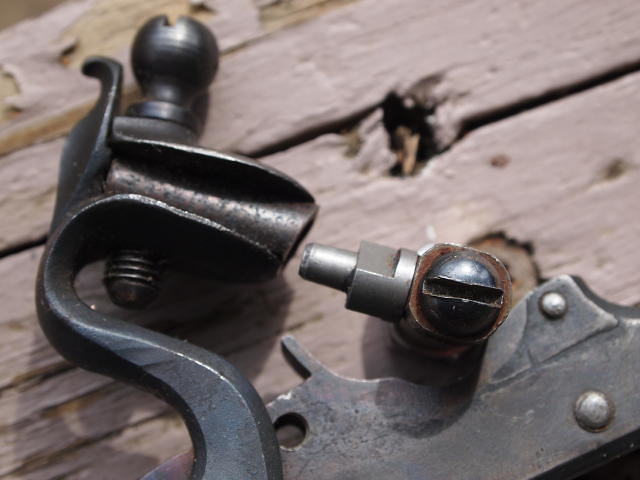Hi, all.
I recall reading, though amn't so sure as to where, of how some flintlocks were converted to percussion.
I believe what was done was they simply threaded a nipple drum into the touch hole, removed the frizzen (wow, autocorrect says frizzen is not a word) and they'd simple put a bit of metal in the flint jaws to strike the cap with.
Seems a bit crude but like it'd work okay. Trouble is I can't ever recall seeing a picture or more information on this. Seems like it would be really easy to do, maybe in one's garage to a used modern gun...
Anyone heard of this? Thoughts?
I recall reading, though amn't so sure as to where, of how some flintlocks were converted to percussion.
I believe what was done was they simply threaded a nipple drum into the touch hole, removed the frizzen (wow, autocorrect says frizzen is not a word) and they'd simple put a bit of metal in the flint jaws to strike the cap with.
Seems a bit crude but like it'd work okay. Trouble is I can't ever recall seeing a picture or more information on this. Seems like it would be really easy to do, maybe in one's garage to a used modern gun...
Anyone heard of this? Thoughts?




